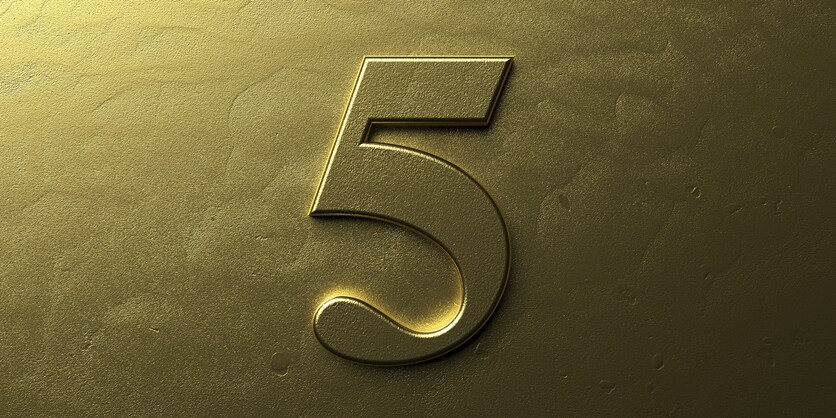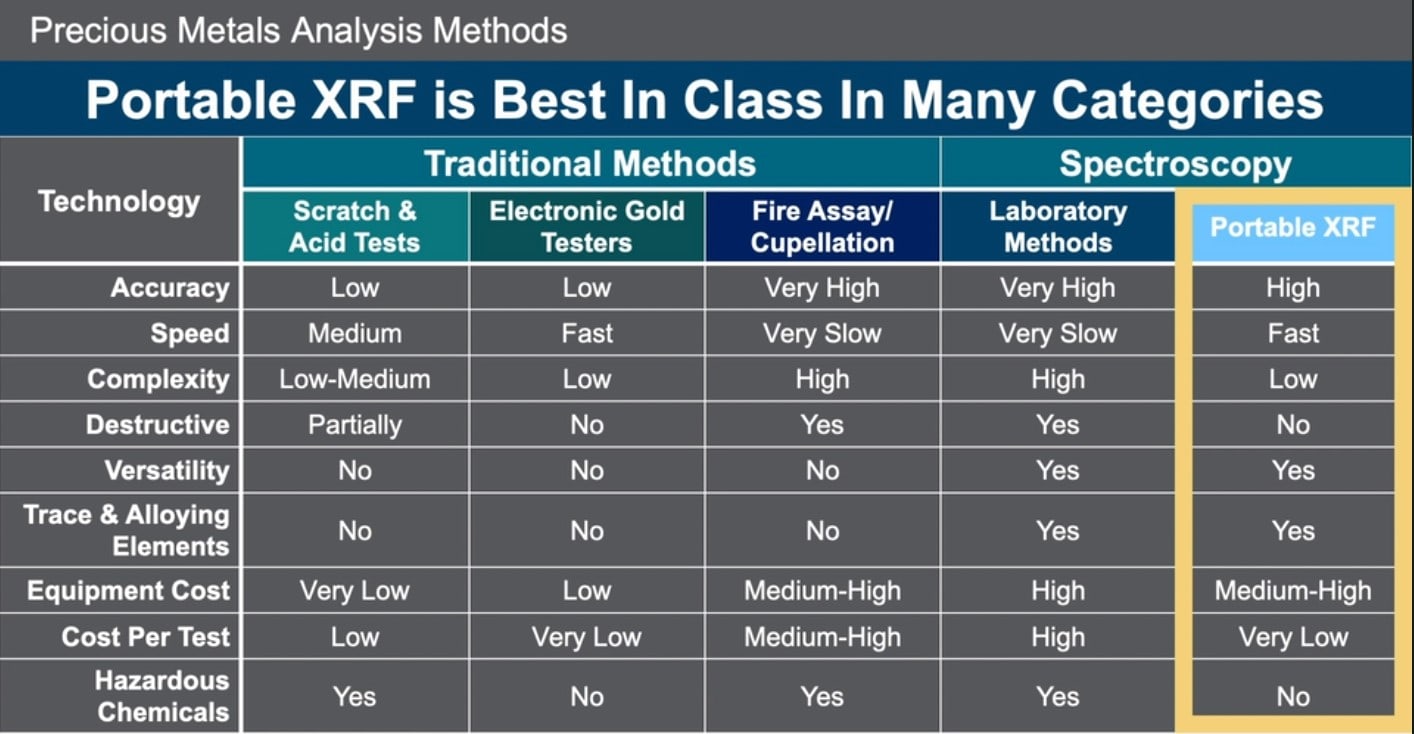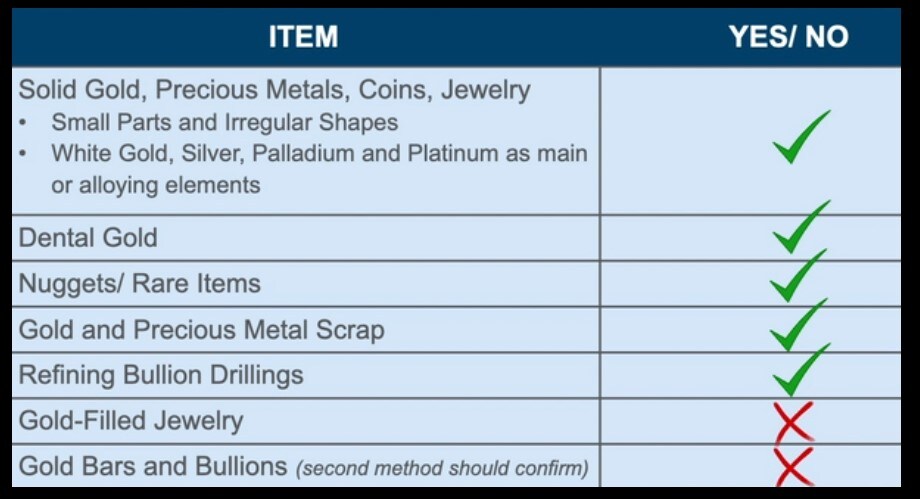 We’ve previously written about the four primary precious metals — gold, silver, platinum, and palladium — and how it is important to verify the content of precious metals pieces in order to assess the correct value. Pawnbrokers, cash-for-gold operations, and jewelry stores who buy and sell gold and other precious metals must ensure that they know the exact composition of pieces not only so they can value the pieces correctly in the store, but so they don’t run into the issues of overpaying the customer, or getting underpaid by the foundry if the pieces will be melted down and recycled.
We’ve previously written about the four primary precious metals — gold, silver, platinum, and palladium — and how it is important to verify the content of precious metals pieces in order to assess the correct value. Pawnbrokers, cash-for-gold operations, and jewelry stores who buy and sell gold and other precious metals must ensure that they know the exact composition of pieces not only so they can value the pieces correctly in the store, but so they don’t run into the issues of overpaying the customer, or getting underpaid by the foundry if the pieces will be melted down and recycled.
There are five main methods for analyzing precious metals.
- Scratch and Acid Test: The first method is the scratch and acid test, in which one uses a touch stone to scratch the piece of jewelry or metal, and then you pour different types of acid to determine the karats. This method is often used, but it’s not very accurate. Not only that, you’re using hazardous acids that can burn your fingers. In this infographic, we’ve outlined eight reasons one should not use acid to test jewelry.
- Gold Electronic Testers. These testers use the principle of electrical conductivity to determine the gold concentration but have low accuracy.
- Fire Assay. Fire assay, sometimes known as cupellation, is considered the most precise method. Brittanica defines cupellation as a “separation of gold or silver from impurities by melting the impure metal in a cupel (a flat, porous dish made of a refractory, or high-temperature-resistant, material) and then directing a blast of hot air on it in a special furnace.” The problem with this method, however, is that it is a destructive method because you must melt the piece in order to determine the gold concentration.
- Lab Analysis. There are laboratory methods with larger and expensive machines, but you must do extensive sample preparation. Larger, bench top analyzers provide unprecedented performance in terms of x-ray tube power, beam collimation, accuracy, and sample positioning. These analyzers, however, are not portable, and in general, require a higher level of operation skills than those of portable XRF analyzers.
- Portable XRF Analysis. And last but not least, there is portable x-ray florescence, where one can accurately measure up to 22 elements in one reading. XRF is a nondestructive testing technique that can analyze a metal sample in seconds with little to no need for sample preparation. Portable XRF analyzers deliver fast, accurate elemental analysis and karat amounts in seconds. In fact, advances in handheld XRF technology have expanded to the point that today’s analyzers are capable of distinguishing alloy grades that are nearly identical in composition to one another. And unlike the fire assay method, the testing is non-destructive to the piece – another benefit to jewelry industry.
With this many choices, it can get a bit confusing about which method is best for your application, so we’ve listed out below some of the characteristics of each method so you can make a quick comparison.

Our scientists have made a comparison among all the analytical methods, and we have concluded that if you need an accurate, fast, easy, non-destructive method for a reasonable price, portable XRF technology is one of the best possible solutions among all the techniques.
There are exceptions, however. We’ve outlined below when it is best to use, or not use, portable XRF analyzers:

We’ve gone into more details about precious metals and their testing methods in our webinar Not All that Glitters is Gold. You can download the recording anytime and see a demo of the analysis in action.
- Download the recording: Not All that Glitters is Gold.






Leave a Reply